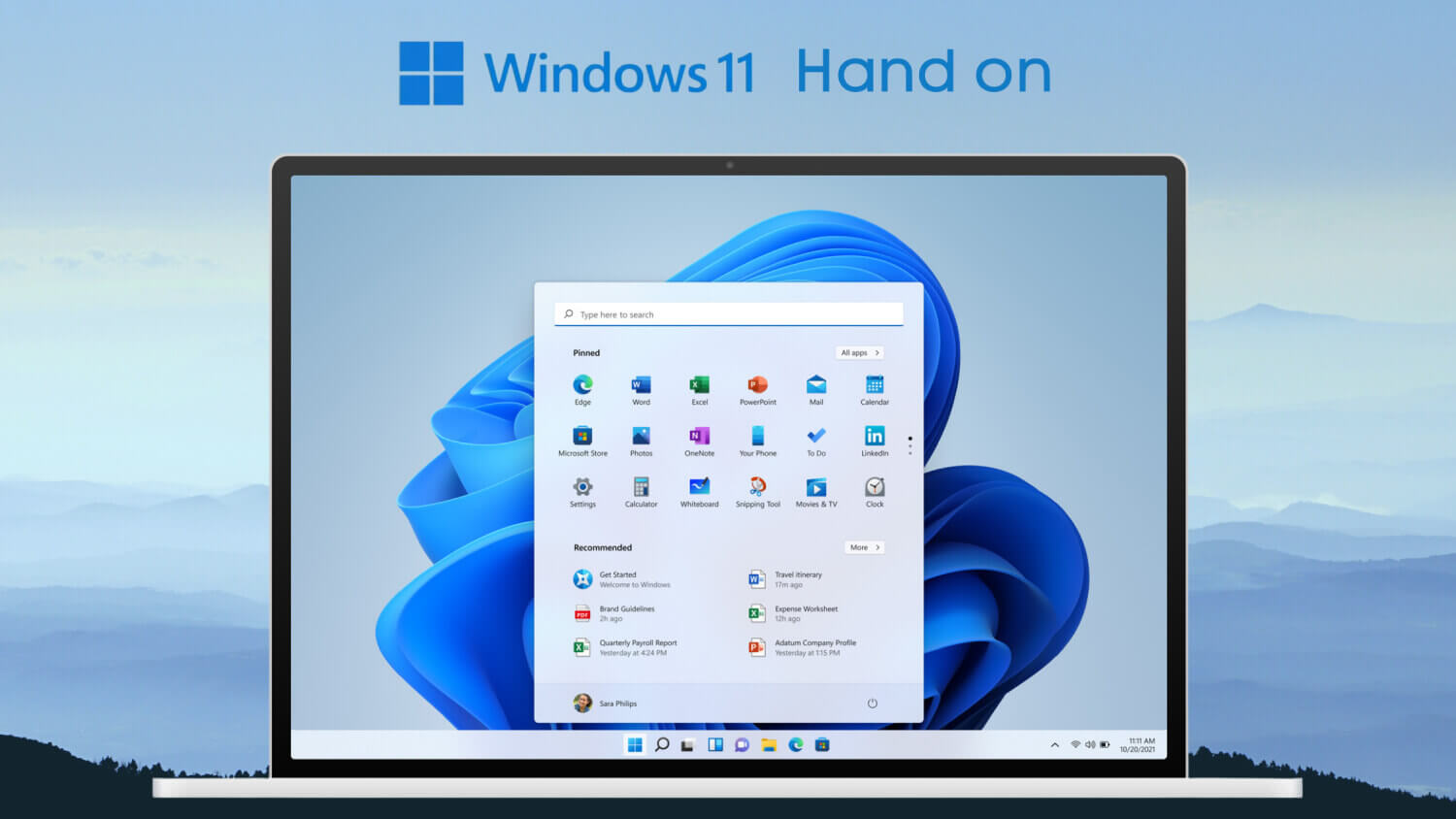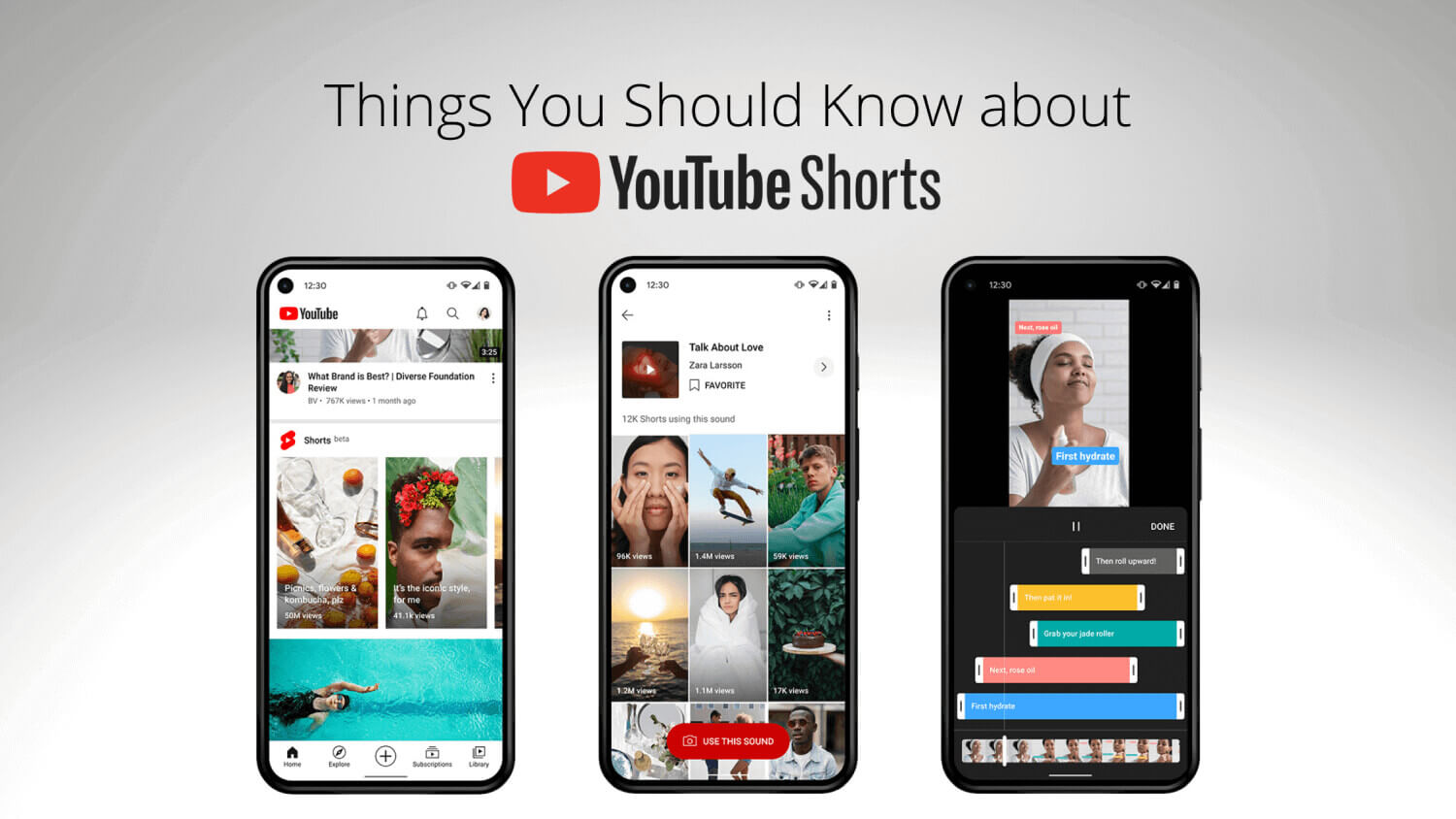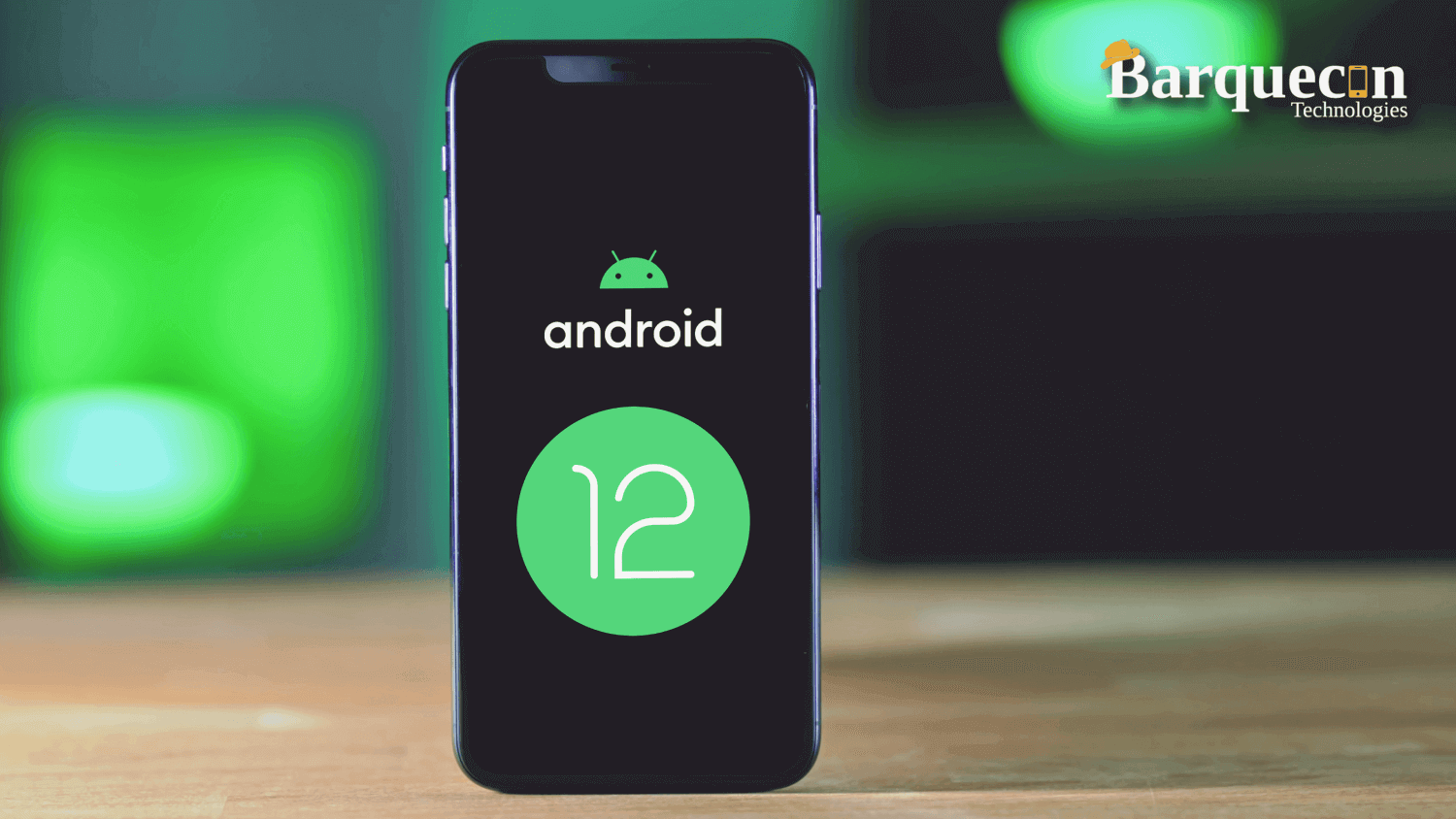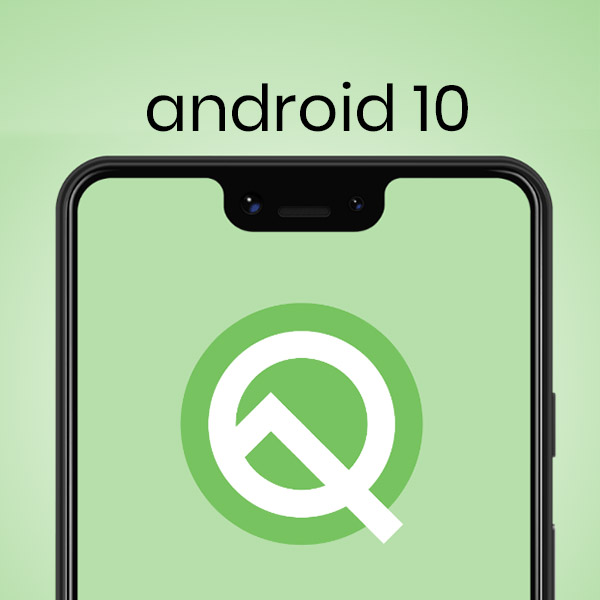What are Progressive Web Apps (PWAs)

An advanced web application, commonly known as a continuous web application, is a type of web-based software, developed using standard web technologies that include HTML, CSS, JavaScript, and WebAssembly.
Predecessors
When the iPhone was launched in 2007, Steve Jobs announced that web applications (developed HTML5 using AJAX Architecture) would become the standard format for iPhone apps. No software upgrades (SDK) are required, and applications will be fully integrated into the device with the Safari browser engine. This model was later changed to the App Store, as a way to deter thieves from prisons and to comfort frustrated engineers.
In October 2007 Jobs announced that the SDK will be launched next year. As a result, although Apple has continued to support web applications, many iOS apps have switched to the App Store.
App stores

Since a continuous web application is a type of web page or website known as a web application, it does not require separate integration or distribution. In particular, there is no need for developers or users to install web applications on digital distribution systems such as the Apple App Store, Google Play, Microsoft Store, or Samsung Galaxy Store.
To varying degrees, supermarkets in the app support the publication of PWAs. Google Play, Microsoft Store, and Samsung Galaxy Store support PWAs, but the Apple App Store does not support them. Microsoft Store publishes other eligible PWAs automatically (even without the request of the application authors) after receiving them through the Bing index.
Service personnel

A service provider is a web server that uses a configurable network agent that can respond to web / HTTP requests for large documents. It can detect remote server availability and store content when that server is available and provide the content later in the document. Service personnel, like any other web host, operate separately from the context of the main document.
Service users can manage app notifications and sync background data, cache or restore system applications, manage network applications, and receive moderate updates without a registered document, even if that document is unloaded.
Features
Running web applications are all designed to work in any browser that complies with the relevant web principles. Like many other platform solutions, the goal is to help developers cross-platform applications much easier than they would with standard applications. Continuous web applications use a continuous web development strategy.
Some developing web applications use a build method called App Shell Model. In this model, service personnel store the Basic User Interface or "shell" of the responsive web application in the offline browser area.
This model allows PWAs to maintain the same functionality as normal or offline. This can improve loading time, by providing a stand-alone frame, structure or structure where the content can be loaded continuously and flexibly.
IOS support
IOS Safari uses less manifest, while most PWA metadata can be defined as Apple-specific extensions in meta tags. These markers allow developers to enable full screen display, define thumbnails and screens, and specify application name.
Data storage
Continuous web applications are downloaded whenever possible, so continuous web applications need to maintain most of the internal space for a long time (user data, heavily loaded app resources) in one of the following ways.
Web Storage

Web Storage is a standard W3C API that creates key value storage in modern browsers. The API consists of two components, sessionStorage (which allows only session storage to be removed at the end of the browser session) and LocalStorage (which allows continuous storage at all times).
Comparison with native apps
In 2017, Twitter released Twitter Lite, another PWA alternative to official Android and iOS apps. According to Twitter, Twitter Lite has consumed only 1-3% of the size of native apps. In July 2019 Twitter started offering all website users on Twitter Lite by default. On June 1, 2020, Twitter closed the legacy website, leaving the ongoing web application version as the only option.
Starbucks offers 99.84% smaller PWA than its equivalent iOS app. After releasing its PWA, Starbucks doubled the number of online orders, with desktop users ordering the same number of mobile app users.
Several businesses highlight significant improvements in a variety of key performance indicators after PWA implementation, such as page turnover, conversion, or revenue. [Catation required]
Conclusion
Continuous web applications are an important step forward in the application development phase. Mobile applications and websites both have a major impact on improving customer experience. PWA applications are at the forefront of this trend.
They combine the best of both mobile app and website features. It is important to understand that each business has its own operating system. However, downloading and installing applications for every product, service or forum is not a viable solution.
PWAs are a new way of looking at this situation. Apart from installation, continuous web applications offer the benefits of web browsing depending on the look and feel of the app. Therefore, it can be predicted that they are the future of the application development sector.
Latest Blog

What are Progressive Web Apps (PWAs)

Apple Event September 2021 Recap

Windows 11 hands-on: Here's Everything You Need to Know About Microsoft's Latest Operating System

YouTube Shorts - Things You Should Know

8 New Features of Android 12 You Didn’t Know

Android 10: Top feature you need to know!
Akshay Gangwar
50 mins ago

Temperature & Humidity IOT Solutions for Food, Agriculture and Medical Industry
Akshay Gangwar
50 mins ago

HTC Reportedly Planning to Re-enter Indian Market in August
Akshay Gangwar
50 mins ago

Apple OS X Server: File Transfer Protocol
Akshay Gangwar
50 mins ago

